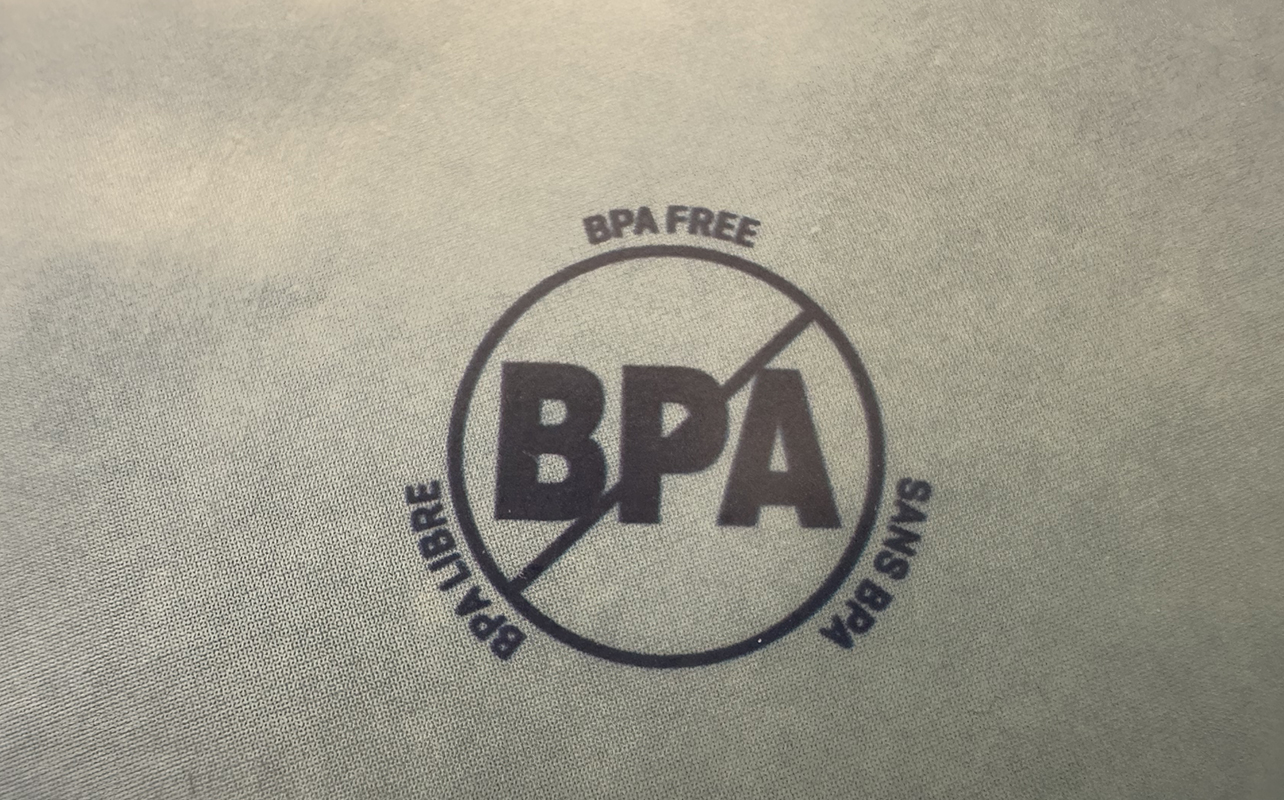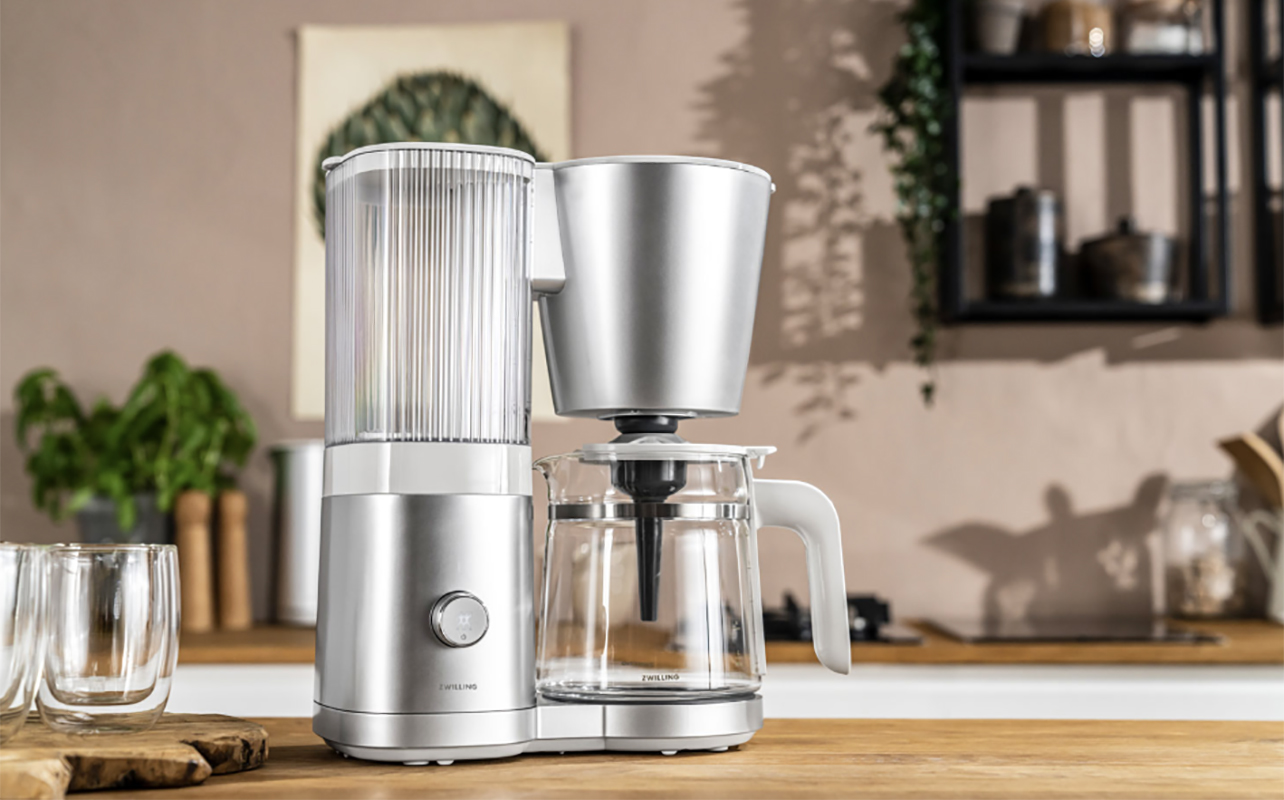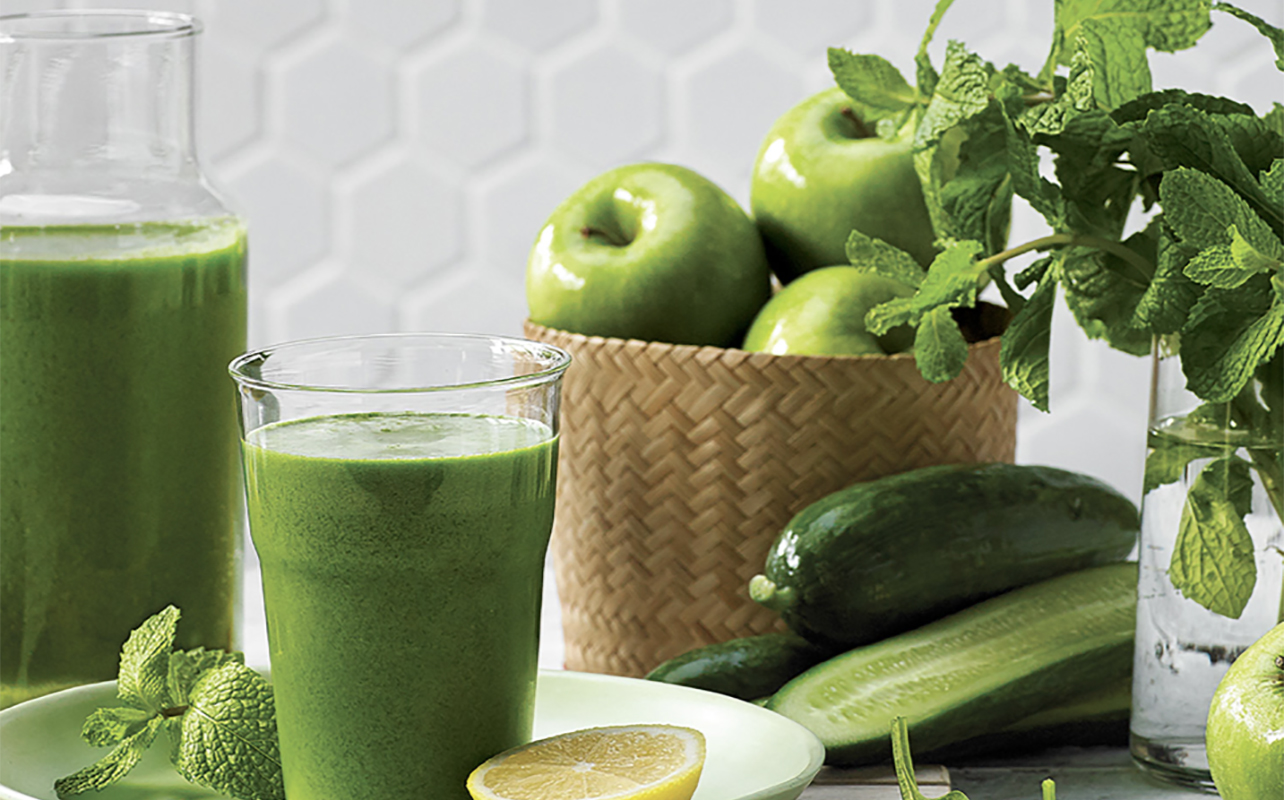
As more of us tune into what’s in our food and how it’s prepared, there’s growing awareness about BPA, a chemical that might be hiding in your kitchen appliances. From coffee makers to blenders, many household devices are made with plastic parts that could contain BPA. But what exactly is BPA, and why should you care if your appliance is labelled “BPA-free?” Let’s break it down in plain language.
In this post, we’ll explore the importance of choosing kitchen appliances that are BPA-free. We’ll explain the risks associated with BPA, and help you make smarter, safer choices when upgrading your kitchen. Plus, we’ll point you to some great BPA-free coffee machines, non-toxic toaster ovens, and more.
What is BPA and why is it used?

BPA, short for Bisphenol A, is an industrial chemical that has been used since the 1950s. It’s used to make certain plastics and resins, specifically polycarbonate plastics and epoxy resins. These materials are found in a wide range of products including food storage containers, water bottles, and yes, even small kitchen appliances. To get a deeper dive into what BPA is, check out our detailed post What is BPA? Understanding the chemical found in plastics.
So, why do manufacturers use BPA? It helps create durable, heat-resistant plastics, exactly the kind of material needed for appliance parts that get hot or deal with wear and tear. These include items like blender lids, coffee maker reservoirs, and slow cooker inserts. Unfortunately, however, this convenience comes at a cost.
Health concerns related to BPA
The big issue with BPA is that it can leach into your food or drinks, especially when heated. For example, if you use a plastic blender with parts that contain BPA to make hot soup, or if your coffee maker heats water in a BPA-lined reservoir, some of that chemical can end up in your cup. Once it’s in your system, BPA acts as an endocrine disruptor. That means it can interfere with the hormones in your body.
Several studies have linked BPA exposure to things like hormonal imbalances, reproductive issues, increased risk of certain cancers, and even behavioural effects in children. While research is ongoing, many health authorities, including Health Canada, recommend minimizing BPA exposure as a precaution, especially for infants, children, and pregnant people.
How to avoid BPA in your appliances

Thankfully, avoiding BPA in the kitchen is getting easier. Manufacturers are listening to consumers, and more products are clearly marked as BPA-free. Here are a few simple tips to help you steer clear:
Look for BPA-free labels
Many reputable brands now clearly mark their products as BPA-free on packaging or product listings. This is your first clue.
Choose the right materials
Whenever possible, opt for kitchen appliances that use glass, stainless steel, or ceramic for food-contact surfaces. These materials are naturally BPA-free and don’t leach harmful chemicals when heated.
Read the specs and reviews
If you’re unsure about a product, check the manufacturer’s website or user reviews. People are quick to mention whether an appliance is BPA-free or not. Bonus tip: if a product uses a glass carafe or stainless steel water tank, that’s a good sign!
Stick with trusted brands
Well-known kitchen brands often lead the way in safety and transparency. Brands like Breville, Cuisinart, and Hamilton Beach have been producing more kitchen appliances that are BPA-free, especially in recent years.
Common kitchen appliances that may contain BPA
You might be surprised at just how many common appliances and appliance accessories use plastic parts that come in contact with food or drink. Here’s a list to watch out for:
- Blenders and food processors – especially lids, jars, and blades.
- Coffee makers – water reservoirs and internal tubing are frequent culprits.
- Microwavable containers – many are made with plastic that can contain BPA.
- Slow cookers and rice cookers – look at the lids, handles, and interior pots.
- Toasters and toaster ovens – plastic buttons and trays can be suspect.
Curious about air fryers specifically? Check out our post: Are air fryers BPA-free? What you need to know for the full scoop.
BPA-free alternatives you can trust
If you’re ready to upgrade your kitchen safely, here are some examples of appliances and materials that are safer for you and your family:
Coffee maker BPA-free options

Look for a BPA-free coffee machine with a glass or stainless steel carafe and a reservoir that clearly states it’s BPA-free. Brands like OXO Brew, Technivorm Moccamaster, and Bonavita offer great models that prioritize safety without compromising on quality.
Non-toxic toaster ovens
When it comes to non-toxic toaster ovens, the focus is less about BPA (since fewer plastic parts touch food directly) and more about avoiding Teflon or questionable non-stick coatings. Look for models with stainless steel interiors and minimal plastic components. Breville’s Smart Oven line is a solid choice.
Other BPA-free kitchen heroes
Here are a few more safe and reliable picks:
- Blenders: Try the Vitamix Explorian or Blendtec Total Classic—both use BPA-free plastic jars.
- Food processors: Look for models from KitchenAid or Cuisinart marked BPA-free.
- Slow cookers: The Instant Pot (most models) uses stainless steel interiors and BPA-free lids.
- Water kettles: Opt for all-glass or all-metal designs, such as those from Mueller or OXO.
Wrapping up: safer choices start in the kitchen

Choosing kitchen appliances that are BPA-free isn’t about panic, it’s about being proactive. With just a little research and label-reading, you can significantly reduce your exposure to a potentially harmful chemical that’s lurking in unexpected places. Whether you’re brewing your morning cup with a coffee maker BPA-free, baking a snack in a non toxic toaster oven, or blending a smoothie in a BPA-free blender, these small swaps add up to a healthier kitchen and peace of mind.
Your health matters and it starts right at home, one appliance at a time. Check out a wide selection of small kitchen appliances and appliance accessories at Best Buy Canada.
This article was drafted using AI technology and then reviewed, fact-checked, and revised by a member of our editorial team.





